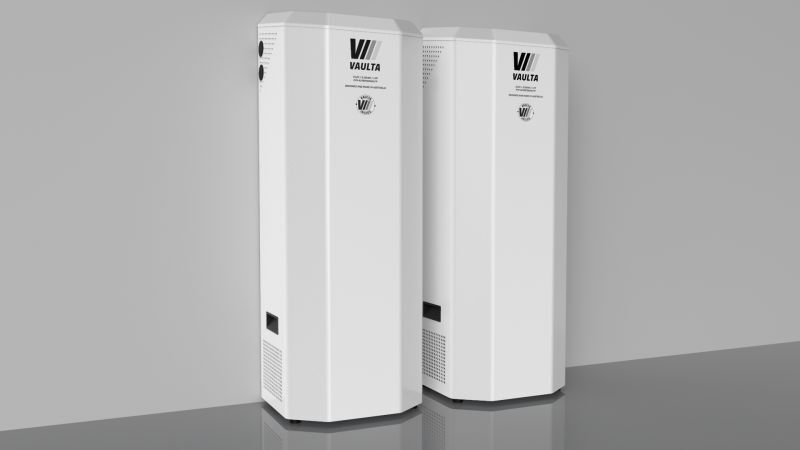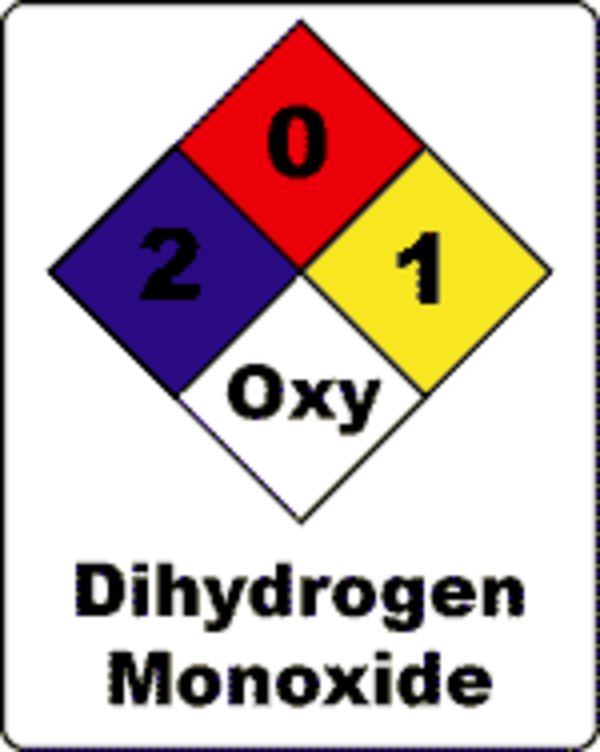No price range?
They’d want to cheap, really cheap
With a calendar lifespan of 10 years (at 25°C) and up to 4,000 cycles at 35°C, the indoor-only battery
Not many places in Australia where 25° is a reasonable metric to go by. Given the rate at which anything battery powered is catching on fire, I think I’ll pass sticking one of these in my house
The working temperature says -20C to 55C. That just seems to be what they’ve quoted the lifespan under.
Shhhhhhh!
Still funny to me they have batteries rated at 48V but, ummm… 240V 🤷♂️
The battery is 48V DC. It uses an inverter to produce 240V AC, similar to solar installations.
Yeah, but does that mean a 48V 5.12kWh would be (roughly) equivalent to a 240V 1 kWh battery?
Sorry, I’m only kinda familiar with power tools and bikes etc where the motor/output is rated the same as the battery itself…
meh, I guess the volts don’t matter. All the other batteries are rated at Ah, not kWh…
5.12kW is 5.12kW no matter what the voltage is. I think you might be confusing current (amps) with power (watts).
P = IV
P = power
I = current
V = potential difference (voltage)
so 5.12*10^3 W / 240V = 2133.33A —> 2.13 kAh
vs
5.12*10^3 W / 48V = 10666.67A —> 10.67 kAh
so yes, it will last longer at 48V but calling it 5.12kWh is not misleading
Yeah, thanks. I kinda figured it out that I was confusing the other batteries being rated at Ah, not kWh.
But I appreciate you spending the time to set it out clearly.
Have a good one.
There’s a certain knowledge threshold on any given topic, below which your participation just makes you look dumb.
Thanks, bro. That’s a great comment to encourage participation.
I’d hate to learn anything. And your comment achieved that.
Have an upvote and hope you have a great day!
Australia already has these guys making zinc-bromine flow batteries. It’s awesome to see more.
48v? i don’t get it?
48V DC is the standard voltage in a bunch of industrial applications. At work I’ve installed sites with over 300kWh of storage, all at 48VDC. Back in the day it was strings of 24x 2V lead-acid batteries. Recently the industry is moving towards cells with 14x - 16x lithium cells, depending on the exact lithium chemistry.
You need an inverter to go from DC to AC anyway, changing the voltage at the same time doesn’t add much to the complexity. Some systems use 400V, but the actually batteries those systems use are usually 8x 48V batteries connected in series.






